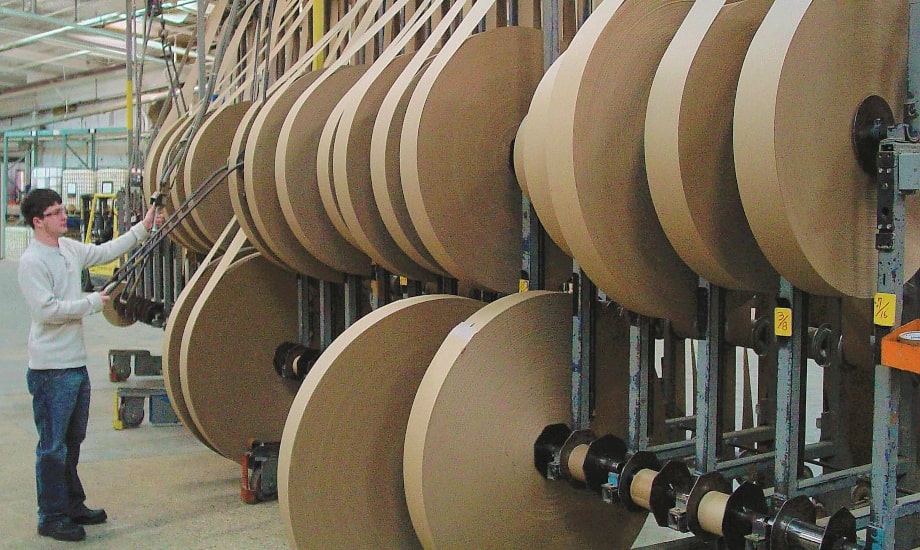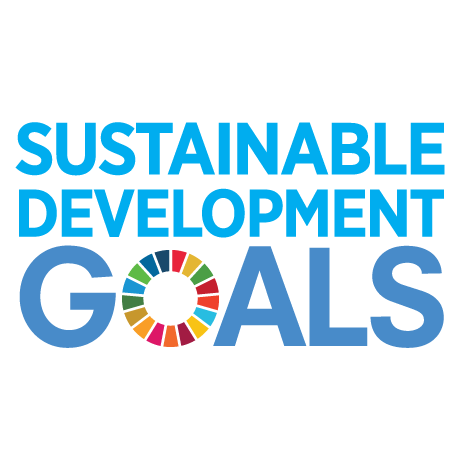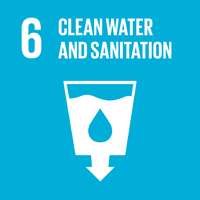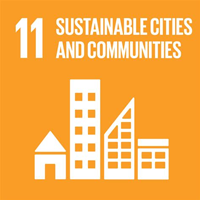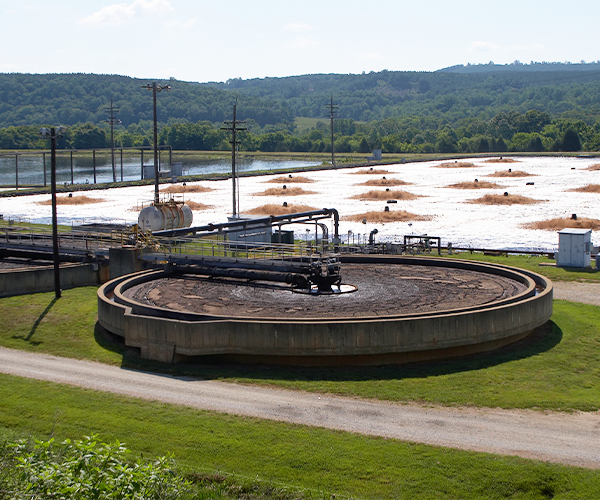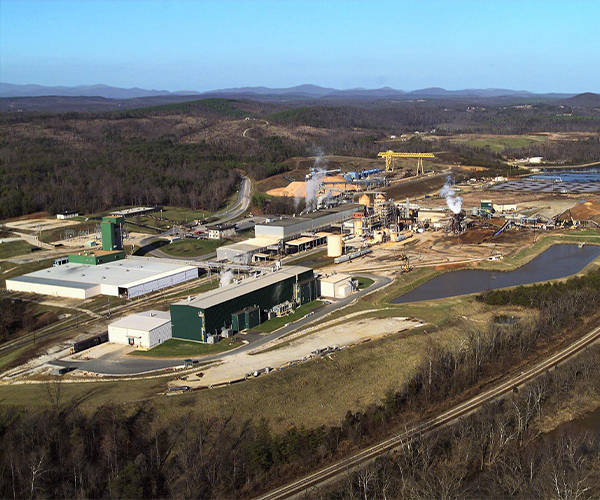- Acerca de nuestra empresa
- Acerca de nuestro informe
- Estrategias de sostenibilidad
- Metas y desempeño
- Índices de informes ESG
- Descargas de informes
Reflejos
- Greif tiene la responsabilidad de proteger las fuentes de agua para que las utilicen las generaciones futuras: el agua limpia y disponible es esencial para el bienestar de todos. Esta responsabilidad implica tratar el agua que se descarga desde nuestras instalaciones, asegurándonos de que sea segura tanto para los hábitats circundantes como para las comunidades a las que prestamos servicios.
- Nuestras prioridades de gestión del agua se centran en la reducción del uso de agua en nuestro negocio de Embalaje y Servicios de Papel (PPS) y en la gestión de aguas pluviales en nuestro negocio de Embalaje Industrial Global (GIP).
- Greif se compromete a mejorar nuestra gestión de datos de agua, efluentes y energía estandarizando los paneles de datos ambientales en nuestras plantas, lo que nos permite identificar mejor las oportunidades de eficiencia.
- En 2023, la extracción de agua disminuyó un 14 por ciento y el agua descargada disminuyó un 9 por ciento, en gran medida debido a las ventas o el cierre de varias plantas de alto consumo de agua.
- Greif está invirtiendo tiempo y recursos sustanciales en planes futuros y alineación organizacional para proyectos de mejora en la gestión del agua.
Por qué es importante el agua
Greif adopta una postura proactiva en la gestión responsable de los recursos hídricos, con el objetivo de mitigar los impactos negativos asociados con las extracciones de agua, descargas y escorrentía de aguas pluviales. Buscamos oportunidades para contribuir a resultados positivos para el medio ambiente y para comunidades con quien compartimos una Fuente de agua. Nuestro compromiso se extiende a la reducción del uso de agua y a la mejora de la calidad del agua en toda nuestra organización, en particular en las operaciones que hacen un uso intensivo del agua en nuestras plantas. En nuestros esfuerzos por mejorar la calidad del agua, nos aseguramos de que el agua descargada de nuestras instalaciones se someta a un tratamiento exhaustivo, ya sea en el lugar o por un tercero de confianza. Este tratamiento cumple estrictamente con todas las regulaciones pertinentes, lo que garantiza que el agua descargada cumpla con los requisitos. altos estándares de salud y seguridad para la vida silvestre y las comunidades locales. Reconociendo que el agua es un recurso precioso, Greif se compromete a protegerla para el beneficio de las generaciones futuras.
Gobernancia
Nuestro compromiso con la conservación y eficiencia del agua a nivel mundial se describe en nuestra Política de medio ambiente, salud y seguridad (EHS)En todas las instalaciones de Greif, supervisamos de forma proactiva el uso del agua y reclutamos a nuestro equipo de EHS para garantizar el cumplimiento normativo e implementar prácticas óptimas en el tratamiento y reciclaje del agua. Dentro de nuestra estructura ambiental, mantenemos un sólido sistema de gestión del cumplimiento con un apoyo dedicado. Greif promueve y empodera a los equipos de gestión locales para mejorar la eficiencia del agua, mejorar la calidad del agua, minimizar el impacto en las fuentes de agua locales y reducir los costos asociados. Nuestro enfoque se extiende a la gestión de la descarga de agua en estricto cumplimiento de los permisos de agua asignados individualmente.
La gran mayoría, aproximadamente 90 por ciento de nuestro uso de agua se consume en 12 fábricas de cartón dentro de nuestro negocio PPS. Para priorizar las prácticas sustentables, enfatizamos el uso de agua recuperada en la producción de papel. Nuestros principales esfuerzos de gestión del agua están dirigidos a nuestras fábricas PPS, donde podemos tener el mayor impacto. Reducimos el uso de agua y reciclamos el agua en nuestras fábricas a través de varios medios, incluida la recolección de agua de enfriamiento de HVAC y agua de enfriamiento de compresores para reutilizar en nuestra fábrica de Riverville, la instalación de sellos mecánicos de consumo ultra bajo de agua en bombas de proceso en Massillon y la instalación de plantas de tratamiento de efluentes en varias fábricas que no solo reducen la demanda bioquímica de oxígeno sino que también reducen el consumo de agua en general.
En Greif, ponemos un gran énfasis en las prácticas efectivas de manejo de aguas pluviales dentro de nuestras instalaciones de GIP debido a su bajo consumo de agua. El muestreo y análisis periódicos y exhaustivos de aguas pluviales son parte integral de nuestras operaciones, lo que garantiza el estricto cumplimiento de los estándares de seguridad, al tiempo que identifica oportunidades de mejora continua. Nuestro compromiso se extiende a brindar capacitación anual integral a todos los colegas relevantes, inculcando una cultura de gestión responsable del agua en toda nuestra organización. Actualizamos periódicamente nuestra capacitación en aguas pluviales y, en 2023, colaboramos con consultores externos cuando fue necesario para asesorar sobre la capacitación en aguas pluviales.
En las instalaciones clave se han puesto en marcha planes de prevención de la contaminación localizada por aguas pluviales y controles sólidos para la prevención de derrames. Un plan de contingencia global integral y un procedimiento de emergencia tienen por objeto abordar y mitigar cualquier derrame potencial o real. Los derrames y liberaciones que podrían afectar a las aguas subterráneas (incluidas las medidas correctivas correspondientes) se rastrean cualitativamente en nuestro Sistema de Gestión de Cumplimiento. Actualmente estamos evaluando posibles cambios en el sistema para poder recopilar más información cuantitativa para rastrear las tendencias de los incidentes a lo largo del tiempo. Varias de nuestras instalaciones monitorean las aguas subterráneas para detectar fugas.
Si bien las operaciones de PPS de Greif enfrentan los impactos hídricos más importantes, la gestión responsable del agua es una prioridad en todas nuestras operaciones. Esto es especialmente crucial en regiones con estrés hídrico como América Latina, África y Oriente Medio. Greif utiliza las herramientas de análisis de acueductos y clasificación de países del Instituto de Recursos Mundiales de manera continua para realizar un seguimiento de los desarrollos y los riesgos en las regiones con estrés hídrico donde se encuentran las instalaciones de Greif. Para mitigar los impactos negativos en estas instalaciones, reducimos el exceso de presión de agua, reemplazamos válvulas defectuosas, promovemos el reciclaje de agua, instalamos grifos sin contacto y recolectamos agua de lluvia. Greif se compromete a garantizar que cada instalación opere de manera responsable dentro de sus permisos de agua.
Metas, progreso y desempeño
Objetivo 2025:
- Reducir la demanda bioquímica de oxígeno descargada en kilogramos en un 10 por ciento por tonelada métrica de producción de las plantas de Riverville y Massillon utilizando una línea de base de 2014 para fines del año fiscal 2025.
Hasta la fecha, hemos reducido la demanda bioquímica de oxígeno en un 67 por ciento respecto de nuestro objetivo de referencia de 2014 de 1,40 en cada instalación.
La mayor parte de nuestro consumo de agua se produce en nuestras fábricas de cartón, donde reutilizamos el agua varias veces antes de su tratamiento y vertido. Nuestras fábricas representan aproximadamente el 90 por ciento de nuestro consumo mundial de agua.
Greif utiliza indicadores clave de desempeño para monitorear el uso del agua y el tratamiento de aguas residuales. Optimizamos continuamente nuestros paneles de datos ambientales en todas nuestras plantas, con el objetivo de lograr una comprensión más integral y una gestión más eficaz de nuestros datos sobre agua, efluentes y energía. Este esfuerzo nos permite descubrir y aprovechar constantemente las oportunidades de eficiencia hídrica.
En 2022, contratamos a un consultor externo para evaluar el uso de agua en nuestras plantas de cartón. Este estudio integral desarrolló modelos de agua para cada una de nuestras plantas y reveló nuevas oportunidades para minimizar el consumo de agua. En 2023, identificamos tres proyectos con elementos de acción específicos para reducir el uso de agua en nuestras plantas, y actualmente se están evaluando para su implementación durante los próximos dos años.
Practicando la economía circular
En la planta Austell de Greif en Georgia, comenzamos un proyecto de deshidratación de residuos de aguas residuales para convertir los desechos en biocombustible. La práctica de la economía circular barre los sólidos espesados de un manto de sedimentos flotantes a una prensa deshidratadora. Los sólidos fluidos se deshidratan hasta que se pueden transportar a un lugar para secarlos al aire, mezclarlos con otros materiales y consumirlos como combustible complementario para calderas. Este proceso no solo permite reutilizar los materiales para obtener el mayor beneficio de principio a fin, sino que también ahorra las tarifas de eliminación en vertederos de la instalación.
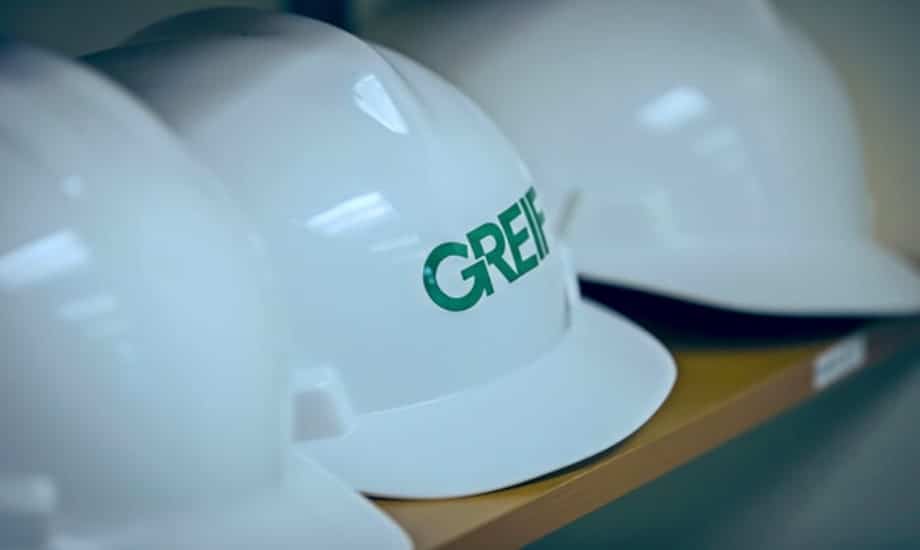
Reducción de agua en nuestra fábrica de Florence, Kentucky
A fines de 2019, la planta de Greif en Florence, Kentucky, instaló una planta de tratamiento de aguas residuales para reducir nuestra carga de desechos peligrosos y reciclar el agua para devolverla a la ciudad. El proceso funciona introduciendo agua en el sistema, eliminando cerca de 100% de los contaminantes del proceso de pintura y enviando el agua limpia a la planta de tratamiento local. Luego, la planta de tratamiento recicla el agua para redistribuirla a la comunidad. El material sobrante del proceso se elimina en la basura en lugar de en los desechos peligrosos. Cuando el equipo entró en funcionamiento por completo a mediados de 2020, el proceso no solo redujo significativamente los desechos peligrosos generados por la planta, sino que también redujo el costo de los desechos en $40,000 por mes.
